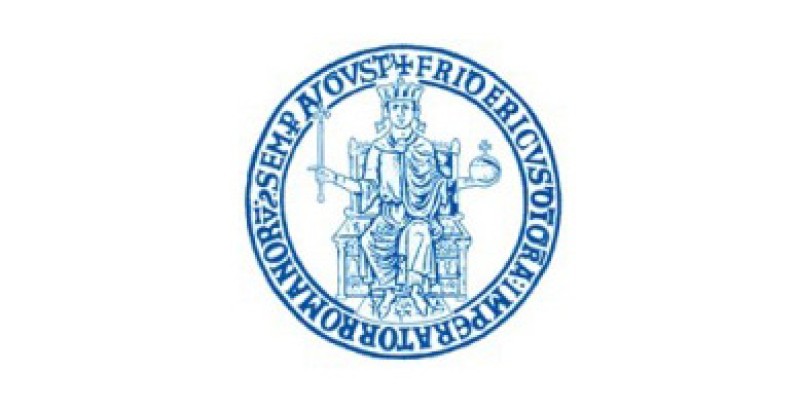Sub-theme 09: (SWG) Transitional Spaces and Practices in Organizations: Questioning the Powers of Art and Design
Call for Papers
Transgression and subversion are traditionally considered typical of art practices (Strati & Guillet de Monthoux,
2002; Barry & Meisiek, 2010; Bourriaud, 2002). But what happens when the arts and design enter organizations?
Scholars suggest that subversion could drive entrepreneurship (Bureau & Zander, 2014), or that some transgressive spaces
organize the disorder (Parker, 2011). Transitional practices and objects (Winnicot, 1971; Steyaert & Hjorth, 2002) draw
attention to areas where the boundaries between the acceptable and misconducts are blurred (Land et al., 2014). While some
warn against organizational hypocrisy (Brunsson, 1989) or silencing-by-mainstreaming (Boltanski & Chiapello, 1999), others
note the transitional zone's potential for indeterminacy (Strati, 2014). The link between aesthetics and power is proving
fruitful for critical research. The transgressive quality of playing with rules while surpassing them (Styhre, 2008) in a
space where individuals can begin to think and see differently is what Rancière (2004) defines as the aesthetic ability to
reconfigure situations politically.
The arts and design can open transgressive “transitional spaces” (Steyaert,
2010)conceptualized as "enclaves" (Friedman, 2011), "interspaces" (Berthoin Antal & Strauß, 2013) or "fabulation" (Deleuze,
1990) – for invention and questioning. We welcome contributions addressing power, space, the arts, design and organizations,
including critical thinking on art, design and organizations (ADO) from gender perspectives (Biehl-Missal, 2015).
Potential questions:
- How are transitional spaces formed under the influence of arts and design, and what kind of influence can they have on the dominant field?
- Under what conditions can the arts and design subvert the power structures of organizations? When do they instead reinforce dominant ways of thinking and behaving?
- How do the power of materials and objects influence processes of opening or closing what is conceived of as possible/desirable/unacceptable in organizations?
- How can gender be attended to better in theorizing ADO in future?
- Can organizational studies unpack the notions of "the power of" art and design?
References
- Barry, D., & Meisiek, S. (2010): "Seeing More and Seeing Differently: Sensemaking, Mindfulness, and the Workarts." Organization Studies, 31 (11), 1505–1530.
- Berthoin Antal, Ariane (2014): "When Arts Enter Organizational Spaces. Implications for Organizational Learning." In: P. Meusburger, A. Berthoin Antal & L. Suarsana (eds.): Knowledge and Space, Vol. 6: Learning Organizations: Extending the Field. Dordrecht: Springer, pp. 177–201.
- Biehl-Missal, B. (2015): "'I write like a painter': feminine creation with arts-based methods in organizational research." Gender, Work and Organizations, 22, (2), 179–196.
- Boltanski, L., & Chiapello, E. (1999): The New Spirit of Capitalism. London: Verso.
- Bourriaud, N. (2005): Post-Production: Culture as Screenplay. New York: Lukas & Sternberg.
- Brunsson, N. (1989): The Organization of Hypocrisy: Talk, Decisions, and Actions in Organizations. New York: Wiley.
- Bureau, S., & Zander, I. (2014): "Entrepreneurship as an art of subversion." Scandinavian Journal of Management, 30 (1), 1–148.
- Deleuze, G. (1990): Pourparlers (1972–1990). Paris: Éditions de Minuit.
- Friedman, V.J. (2011): "Revisiting Social Space: Relational Thinking about Organizational Change." Research in Organizational Change and Development, 19 (7), 233–257.
- Land, C., Loren, S., & Metelman, J. (2014): "Rogue Logics: Organization in the Grey Zone." Organization Studies, 35 (2), 233–253.
- Parker, M. (2011): "Organizing the Circus: The Engineering of Miracles." Organization Studies, 32 (4), 555–569.
- Rancière, J. (2004): The Politics of Aesthetics. The Distribution of the Sensible. London: Continuum.
- Steyaert, C. (2010): "Queering Space: Heterotopic Life in Derek Jarman's Garden." Gender, Work & Organization, 17 (1), 45–68.
- Steyaert, C., & Hjorth, D. (2002): "'Thou Art a Scholar, Speak to it...' – on Spaces of Speech: A Script." Human Relations, 55 (7), 767–797.
- Strati, A. (2014): "The Social Negotiation of Aesthetics and Organizational Democracy." In: P. Murphy & Eduardo de la Fuente (eds.): Aesthetic Capitalism. Leiden: Brill, pp. 105–127.
- Strati, A., & Guillet de Monthoux, P. (2002): "Introduction: Organizing Aesthetics." Human Relations, 55 (7), 755–766.
- Styhre, A. (2008): "The Element of Play in Innovation Work: The Case of New Drug Development." Creativity and Innovation Management, 17 (2), 136–146.
- Winnicot, D.W. (1971): Playing and Reality. London. Tavistock Publications.


